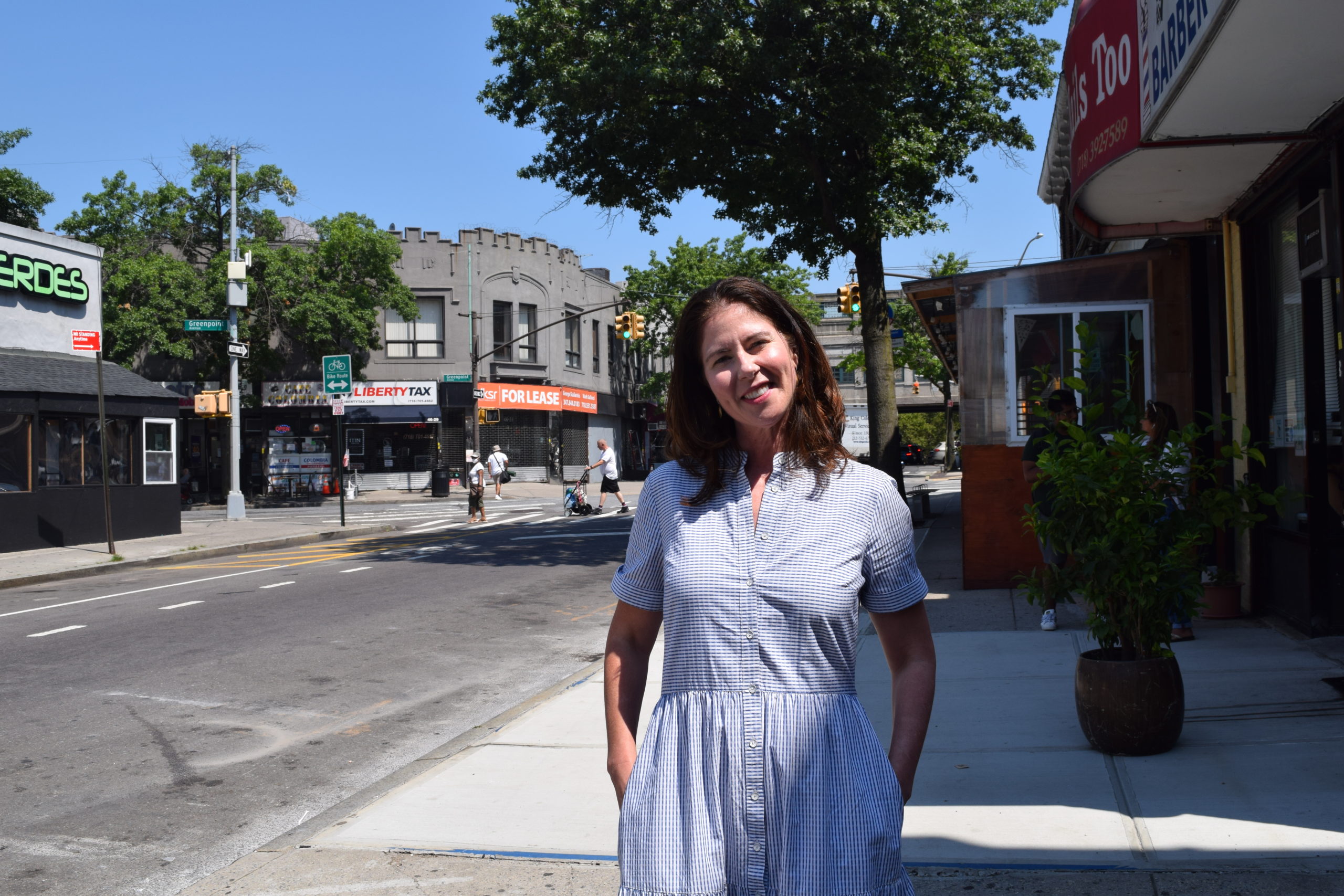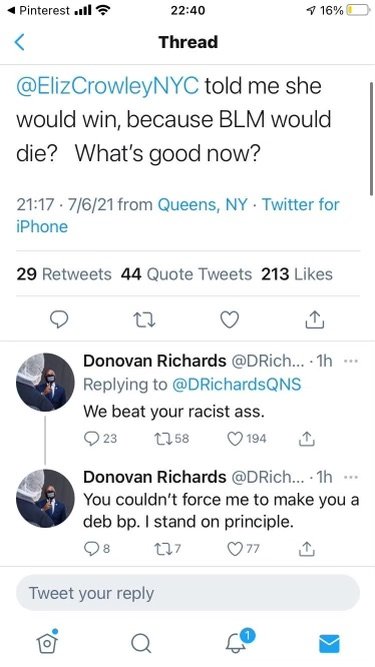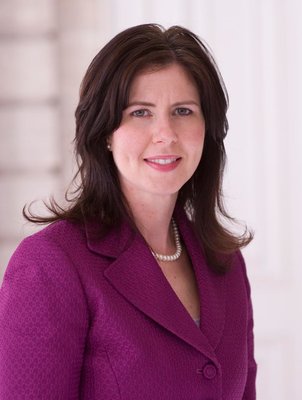2022 Elections Profile: Senate Candidate Elizabeth Crowley
By Matthew Fischetti
mfischetti@queensledger.com

Elizabeth Crowley wants to represent Queens again. And Brooklyn. Oh, And Manhattan too.
Crowley, a former city councilwoman from Glendale, is running in the newly redrawn Senate 26, which straddles Western Queens, Northern Brooklyn, and Eastern Manhattan. Crowley is no newcomer to politics, coming from a large political family (her cousin was former Congressman Joseph Crowley, who AOC upset in 2018) and has run for a slew of offices over the years.
While the district originally encompassed her home of Glendale, Crowley said that her vision and platform apply to a greater swath of New Yorkers.
“I went to college at FIT, I went to grad school in Brooklyn. I identify with the city as a whole,” Crowley said in an interview. Crowley said that while she represented different neighborhoods back in the council, she pushed for policies that benefit New Yorkers across the board.
Crowley pushed against firehouse closures, fought to close Rikers, and advocated for increased greenway and transit options during her time on the city council. She lost re-election against Councilman Robert Holden in 2020.
“Most of them [inmates] have some level of anxiety, depression and a significant amount of the population as a serious mental health diagnosis, such as schizophrenia, or bipolar disorder. And many of them have no family and no support system,” Crowley said of her decision to support bail reform, even though she noted that the legislation went too far in offering bail to alleged violent offenders.”So either way, they’re going to cycle in and out, in and out.”
Crowley said that affordability issues, child care, and education would be among her top issues if elected. In order to tackle the affordability issue, she says that New York needs to build a massive amount of affordable housing with transit to support the development.
“I have constituents in this district, over $3 million houses, in Greenpoint, pay less than property tax, then a modest, 1,000 square-foot homeowner in the district – or even, let’s say, a homeowner in southeast Queens. It’s a city-wide issue that needs to be addressed,” Crowley said, highlighting her desire for broad-based property tax reform. Earlier this year, a group of bipartisan legislators from Albany to the city council called for the issue to be addressed in the next legislative session.
While Crowley said that she wasn’t a fan of 421(a), the city’s now expired affordable housing tax break that critics said didn’t invest enough in actually affordable units, she said there still is a role for the government to subsidize construction.
She also said that she would explore options to reduce construction by “working with unions and project labor agreements to bring down wages, or to get some guarantees or give back to them for the cost of the project.” Crowley has received the most amount of support from labor unions thus far in the race.
The other candidates in the race are Kristen Gonzalez, Mike Corbett, and Nomiki Konst. The election is on Aug. 23, with early voting occurring from Aug. 13 to the 21st.




